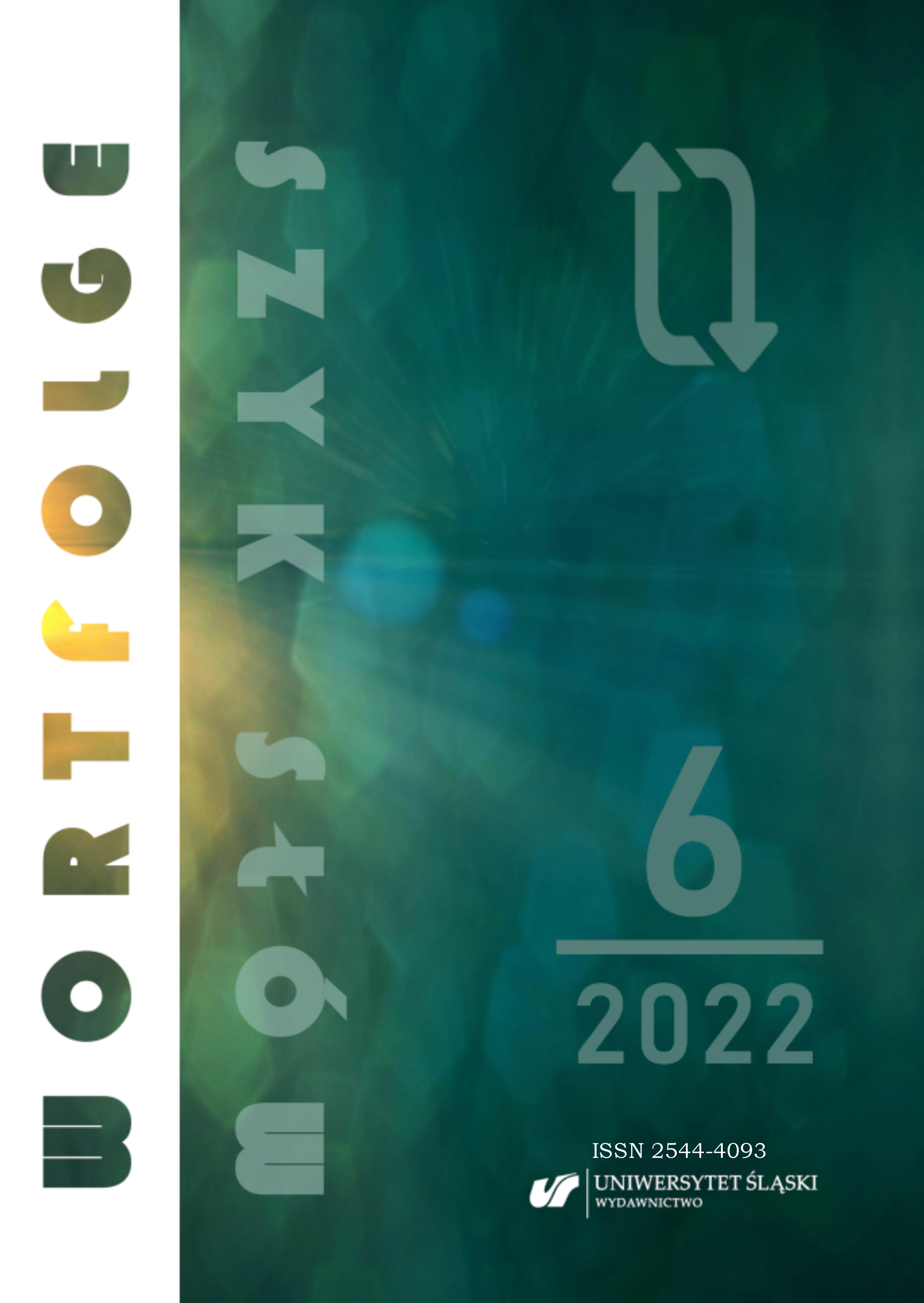Primärliteratur
Google Scholar
J. v. Düffel,: Beste Jahre. Köln: DuMont, 2007.
Google Scholar
M. M. Flašar: Ich nannte ihn Krawatte. Taschenbuchausgabe. München: btb Verlag, 2014.
Google Scholar
K. Kittelberger: Die Kunst des Sein-Zimmer-nicht-mehr-Verlassens. Schönaich: Papermoon Verlag, 2020.
Google Scholar
D. v. Petersdorff: Lebensanfang: eine wahre Geschichte. München: C.H. Beck, 2007.
Google Scholar
K. Kuhn: Hikikomori. Berlin: Berlin Verlag, 2012
Google Scholar
Sekundärliteratur
Google Scholar
Aristoteles: Nikomachische Ethik, 1162a, übers. von Eugen Rolfes, 1921. https://www.textlog.de/33528.html [Zugriff am: 22.01.2022]
Google Scholar
M. Baldauf, F. Luschnat: Homing – der Rückzug ins pralle Leben. In: Living Trends. 15 Beiträge zur Zukunft des „Homing“. Burda Medien Park Hg., Offenburg 2008, o.S.
Google Scholar
H. Christmann: Rückkehr des Biedermeier? „Frankfurter Allgemeine Zeitung“, 06.11.2001. https://www.faz.net/aktuell/gesellschaft/gesellschaft-rueckkehr-des-biedermeier-138495.html [Zugriff am: 20.01.2022].
Google Scholar
H. S. Daemmrich, I. G. Daemrich (Hg.): Themen und Motive in der Literatur, 2 Auflage. Tübingen / Basel: Francke Verlag, 1995.
Google Scholar
E. Frenzel: Motive der Weltliteratur, 6. überarbeitete und ergänzte Auflage. Stuttgart: Alfred Kröner Verlag, 2008.
Google Scholar
Gabler Wirtschaftslexikon. https://wirtschaftslexikon.gabler.de/definition/cocooning-31125 [Zugriff am: 10.01.2022].
Google Scholar
R. Gross: Allein oder einsam? Die Angst vor der Einsamkeit und die Fähigkeit zum Alleinsein. Wien / Köln: Böhlau Verlag, 2021.
Google Scholar
A. Gutowska: Hikikomori – samotność w XXI wieku. In: Zrozumieć samotność. Studium interdyscyplinarne. Hg. P. Domeracki, W. Tyburski. Toruń: Wydawnictwo Uniwersytetu Mikołaja Kopernika, 2006, S. 217–228.
Google Scholar
F. Illies: Generation Golf zwei. München: Goldmann Verlag, 2005.
Google Scholar
Ch. Kantz: „Homing“ als literarische „Absetzbewegung“ von den Selbstverwirklichungsexzessen der älteren Generation (John von Düffel, Bürkhard Spinnen und Dirk von Petersdorff). In: Erfüllte Körper. Inszenierungen von Schwangerschaft. Hg. S. Heimgartner, S. Sauer-Kretschmer. Paderborn: Wilhelm Fink Verlag, 2017, S. 49–65.
Google Scholar
B. Konopka: Fobia społeczna, hikikomori, kokonizm ‒ o potrzebie odosobnienia w społeczeństwie informacyjnym. „Media – Kultura – Komunikacja Społeczna” 2020, Nr. 3(16), S. 33–50. https://doi.org/10.31648/mkks.6610.
Google Scholar
Metzler Lexikon Literatur. 3., völlig neu bearbeitete Auflage. Hg. D. Burdorf, Ch. Fasbender, B. Moennighoff. Stuttgart / Weimar: Verlag J.B. Metzler, 2007.
Google Scholar
G. Minois: Historia samotności i samotników. Übers.von Wanda Klenczon. Warszawa: Wydawnictwo Aletheia, 2018.
Google Scholar
Neo-Biedermeier: Zurück zur Alltäglichkeit. https://www.zukunftsinstitut.de/artikel/wohnen/neo-biedermeier-zurueck-zur-alltaeglichkeit/ [Zugriff am: 20.01.2022].
Google Scholar
F. Popcorn: Der Popcorn Report. Trends für die Zukunft, übers. von Ilse Utz. München: Heyne, 1992.
Google Scholar
W. Putz: Neo-Biedermeier: Zurück zur Alltäglichkeit. https://www.zukunftsinstitut.de/artikel/wohnen/neo-biedermeier-zurueck-zur-alltaeglichkeit/ [Zugriff am: 20.01.2022].
Google Scholar
U. Schürmann: Komfortable Wüsten: Das Interieur in der Literatur des europäischen Realismus des 19. Jahrhunderts. Köln: Böhlau, 2015.
Google Scholar
S. Tamaki: Hikikomori: Adolescence without End. Übers. von Jeffrey Angles. Minneapolis: University of Minnesota Press, 2013.
Google Scholar


 https://doi.org/10.31261/WSS.2022.06.08
https://doi.org/10.31261/WSS.2022.06.08

 10.321261/WSS
10.321261/WSS